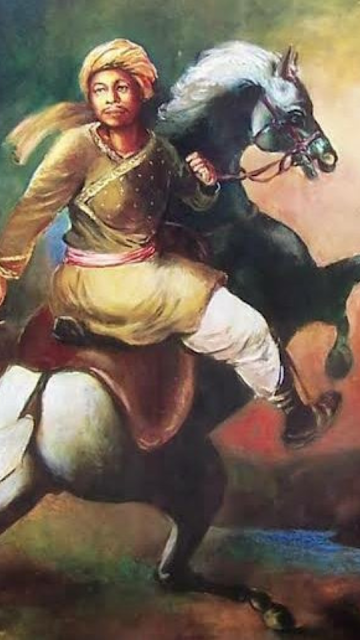Why in discussion?
The 400th birth anniversary of Lachit Borphukan, the famous war hero of Assam, will be celebrated in New Delhi from November 23 to 25, 2022.
Lachit Borphukan:
Lachit Borphukan was born on 24 November 1622. He effectively led his army in the Battle of Saraighat in 1671, which defeated the Mughal army's attempt to capture Assam.
His efforts inspired the strengthening of Indian naval power, the revival of inland water transport, and the creation of strategic naval infrastructure.
The Lachit Borphukan Gold Medal is awarded to the best cadet of the National Defense Academy.
This medal was instituted in the year 1999 for defense personnel to take inspiration from the bravery of Borphukan and emulate his sacrifice.
He died on April 25, 1672.
Ahom Kingdom:
Introduction:
The Ahom kingdom, established in the year 1228 in the Brahmaputra valley of Assam, maintained its sovereignty for 600 years.
The kingdom was founded by the 13th century ruler Chaolung Sukapha.
The land was ruled by the Ahoms until the province was incorporated into British India in 1826 with the signing of the Treaty of Yandaboo.
The Ahoms, known for their bravery, did not bow down before the mighty Mughal Empire.
Political System:
The Ahoms ended the old political system of Bhuiyans (landlords) and formed a new state.
The Ahom kingdom depended on bonded labour. Those who did this type of labor for the state were called Paik.
Community:
The Ahom society was divided into Kul/Khel. A clan/Khel usually controlled several villages.
The people of the Ahom kingdom worshiped their own tribal deities, yet they accepted Hinduism and the Assamese language.
However, the Ahom kings did not completely abandon their traditional beliefs after adopting Hinduism.
The marriage of the Ahoms with the local people has led to the assimilation of the Assamese culture.
Art and Culture:
The Ahom kings gave land grants to poets and scholars and encouraged theatre.
Important Sanskrit works were translated into the local language.
Historical works called Buranjis were written first in Ahom language and then in Assamese language.
Military Strategy:
The Ahom king was also the supreme commander of the army of the state. In times of war, the army was led by the king himself and the Paikas were the main army of the state.
There were two types of pike: serving and non-serving. The non-serving Paiks formed a permanent militia, which could be mobilized at short notice by the Kheldar (military organiser).
The overall contingent of the Ahom army consisted of infantry, navy, artillery, elephants, cavalry and spies. The main weapons used in the war included swords, spears, guns, cannons, bows and arrows.
The Ahom kings used to send spies to the enemy's camps to know their war strategies before leading the war campaigns.
The Ahom soldiers were specialized in Guerrilla Fighting. These soldiers would allow the enemy to enter the border of their country, then attack them from the front and rear by disrupting their communication.
Some important forts: Chamdhara, Saraighat, Simlagarh, Kaliabar, Kajali and Pandu.
He also learned the technique of building a boat bridge on the Brahmaputra river.
Most important of all, mutual understanding between citizens and soldiers and unity among the wealthy always acted as strong weapons for the Ahom kings.


